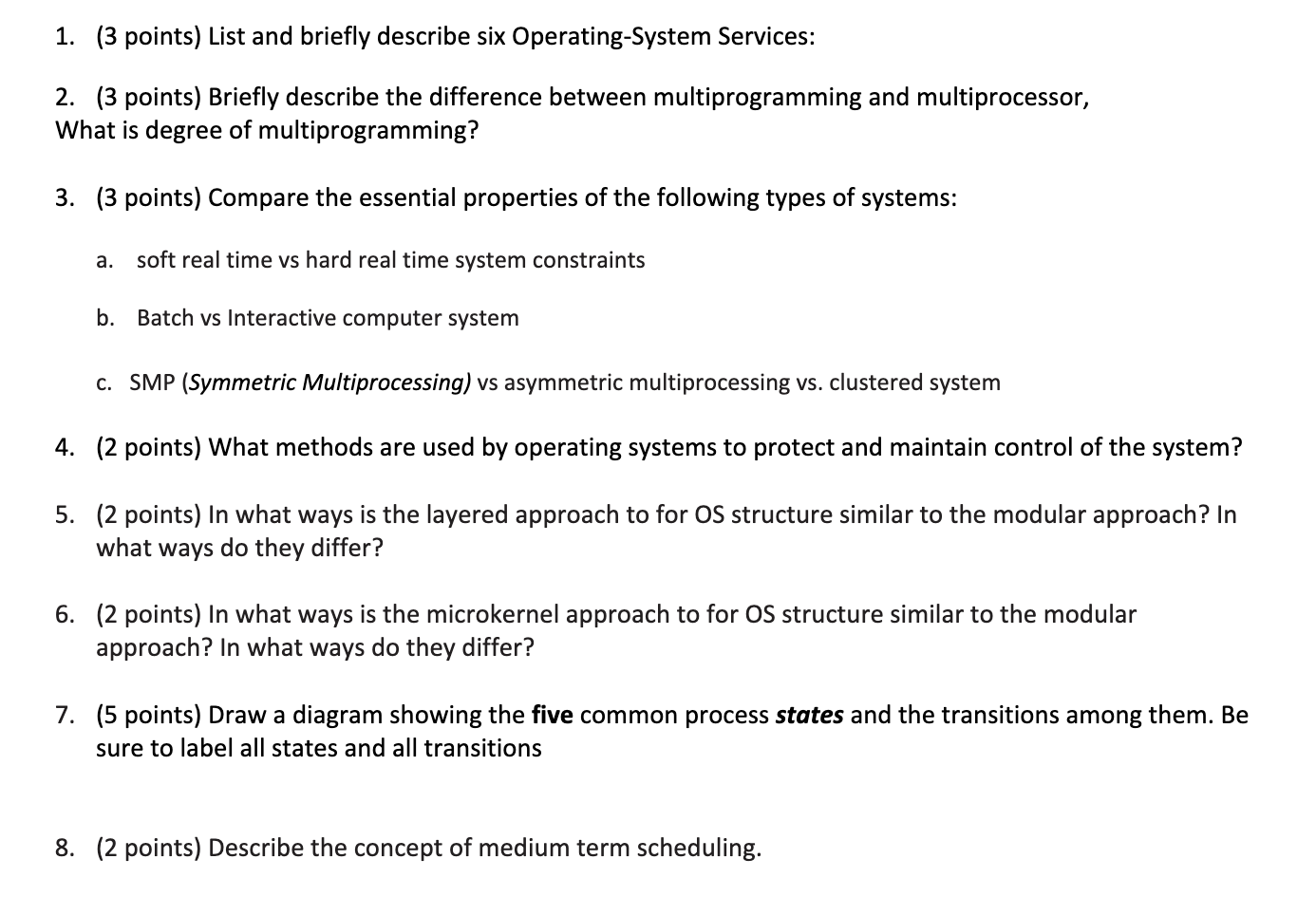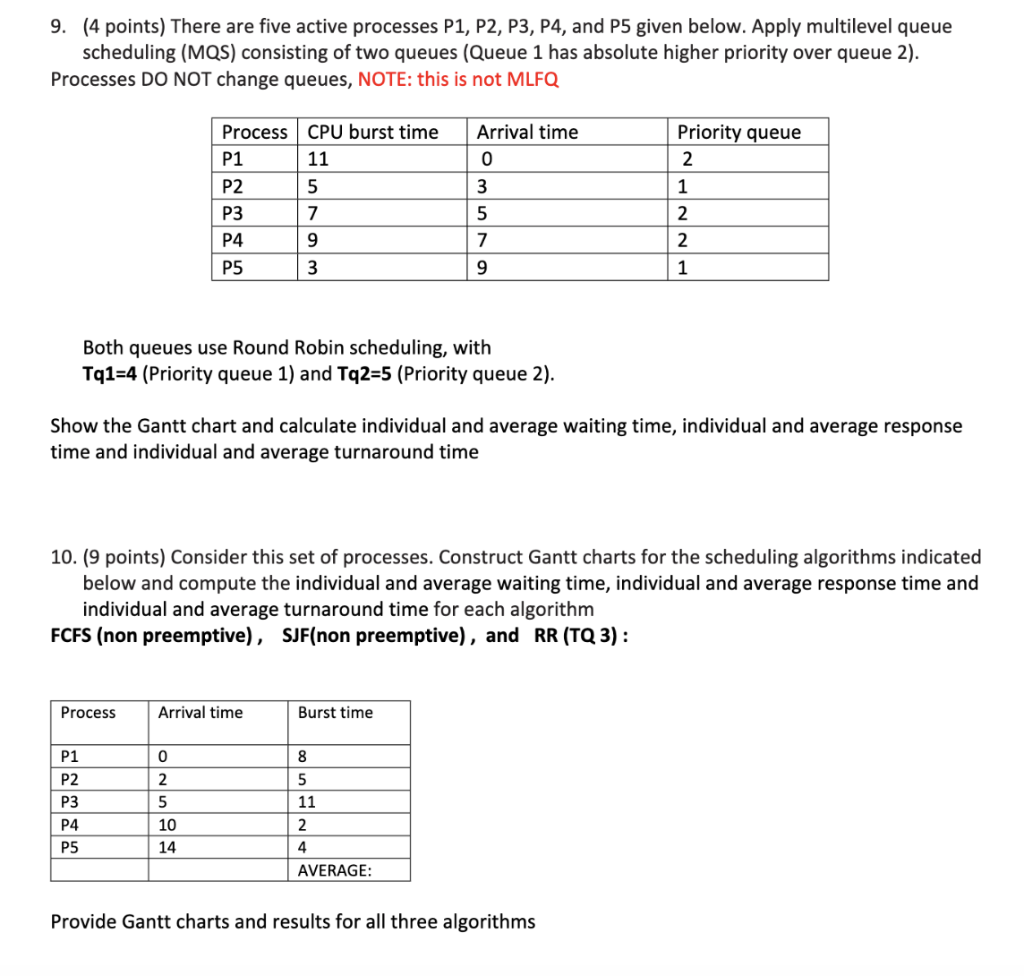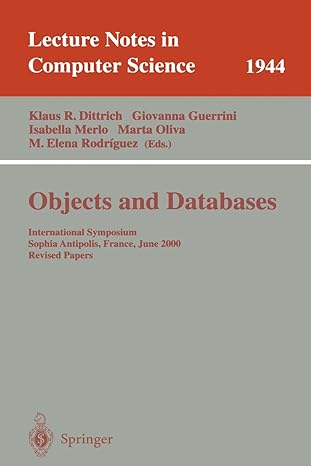Question
1. (3 points) List and briefly describe six Operating-System Services: 2. (3 points) Briefly describe the difference between multiprogramming and multiprocessor,What is degree of multiprogramming?
1. (3 points) List and briefly describe six Operating-System Services:
2. (3 points) Briefly describe the difference between multiprogramming and multiprocessor,What is degree of multiprogramming?
3. (3 points) Compare the essential properties of the following types of systems:a.soft real time vs hard real time system constraintsb. Batch vs Interactive computer systemc. SMP (Symmetric Multiprocessing) vs asymmetric multiprocessing vs. clustered system
4. (2 points) What methods are used by operating systems to protect and maintain control of the system?
5. (2 points) In what ways is the layered approach to for OS structure similar to the modular approach? In what ways do they differ?
6. (2 points) In what ways is the microkernel approach to for OS structure similar to the modular approach? In what ways do they differ?
7. (5 points) Draw a diagram showing the five common process states and the transitions among them. Be sure to label all states and all transitions
8. (2 points) Describe the concept of medium term scheduling.
9. (4 points) There are five active processes P1, P2, P3, P4, and P5 given below. Apply multilevel queue scheduling (MQS) consisting of two queues (Queue 1 has absolute higher priority over queue 2). Processes DO NOT change queues, NOTE: this is not MLFQProcess CPU burst time Arrival time Priority queueP111 0 2P2531P3752P4972P5391Both queues use Round Robin scheduling, withTq1=4 (Priority queue 1) and Tq2=5 (Priority queue 2).Show the Gantt chart and calculate individual and average waiting time, individual and average response time and individual and average turnaround time
10. (9 points) Consider this set of processes. Construct Gantt charts for the scheduling algorithms indicated below and compute the individual and average waiting time, individual and average response time and individual and average turnaround time for each algorithm FCFS (non preemptive) , SJF(non preemptive) , and RR (TQ 3) :ProcessArrival timeBurst timeP108P225P3511P4102P5144AVERAGE:Provide Gantt charts and results for all three algorithms


Step by Step Solution
There are 3 Steps involved in it
Step: 1

Get Instant Access to Expert-Tailored Solutions
See step-by-step solutions with expert insights and AI powered tools for academic success
Step: 2

Step: 3

Ace Your Homework with AI
Get the answers you need in no time with our AI-driven, step-by-step assistance
Get Started


